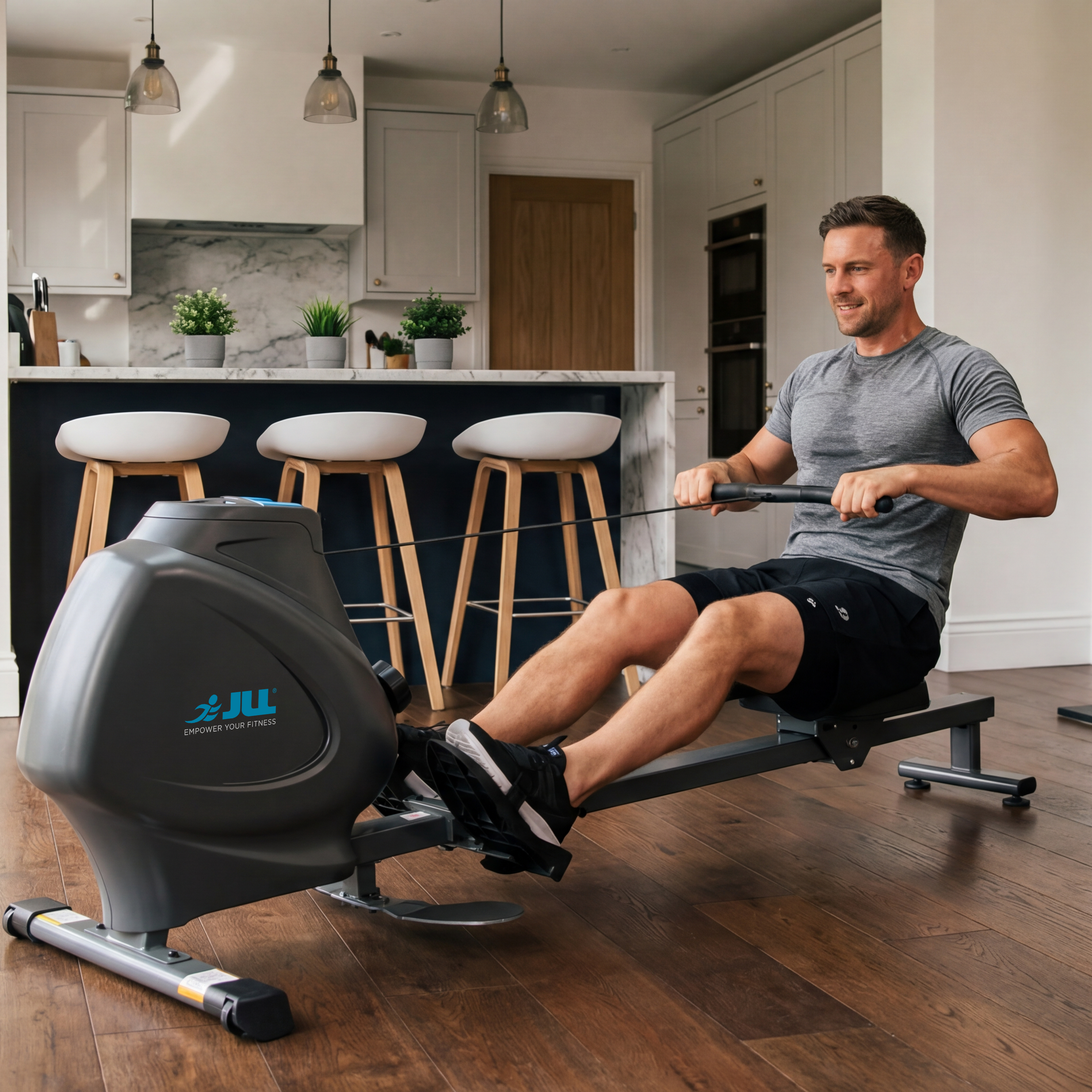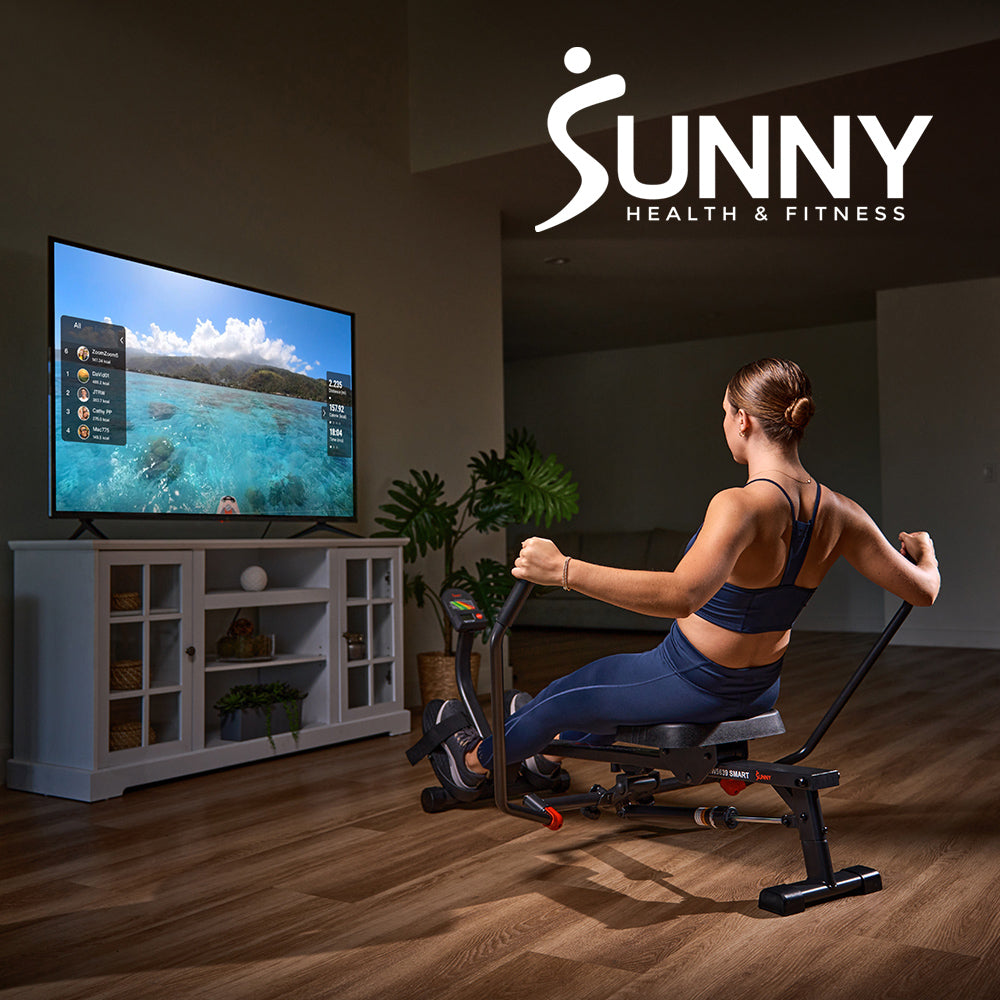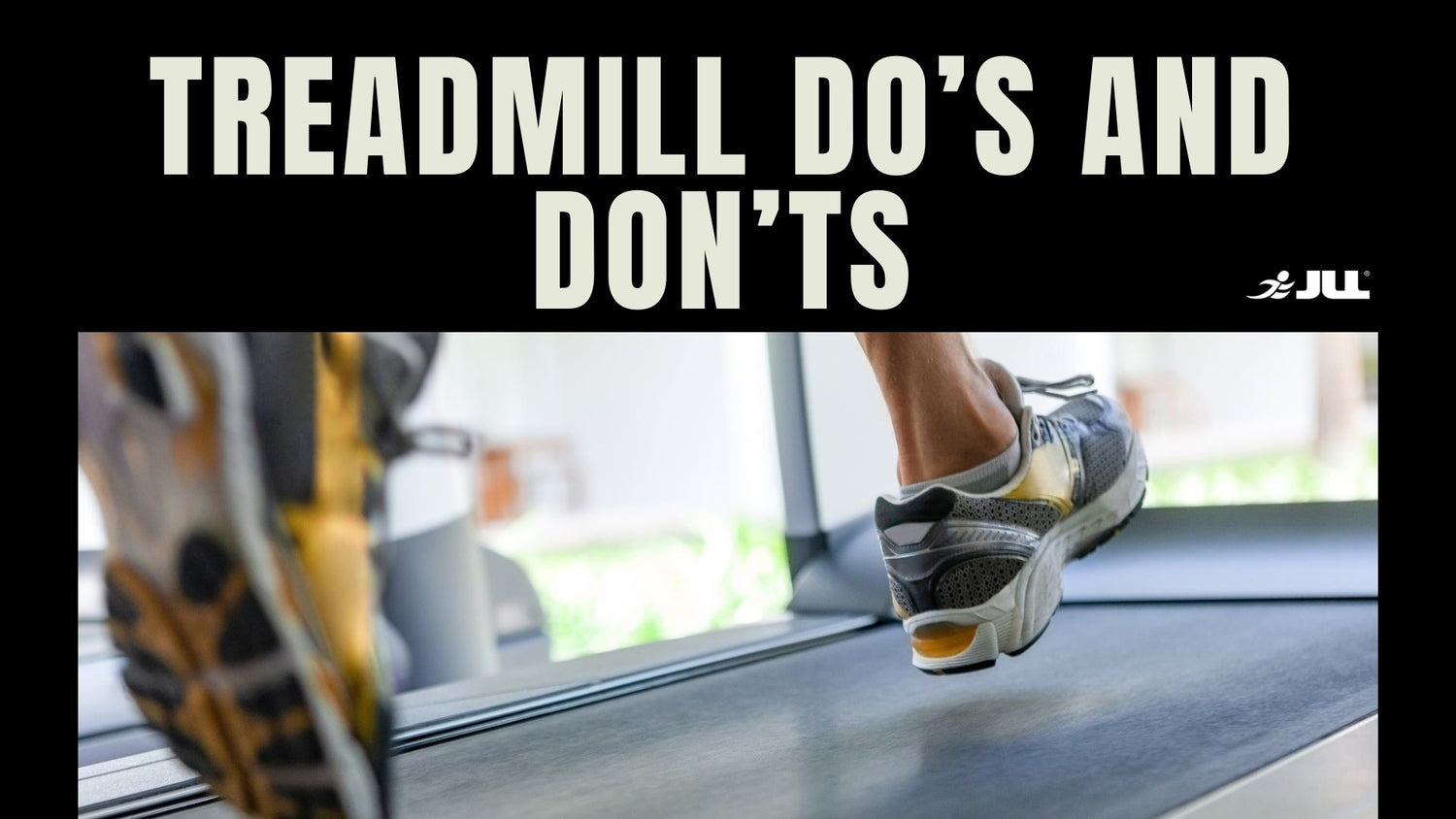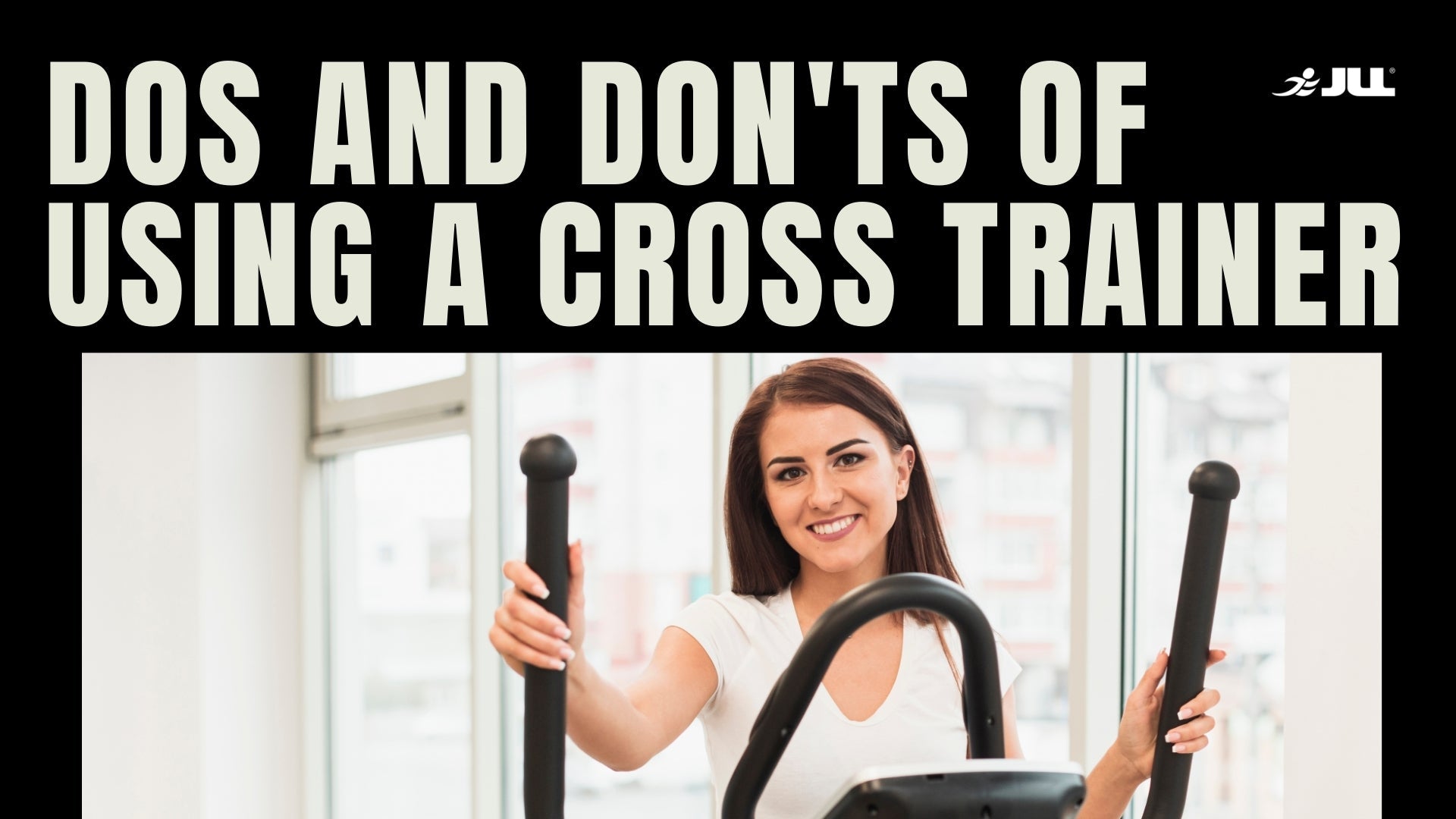Dos
1. Warm Up Properly
Spend 5-10 minutes warming up at a slow pace to gradually increase your heart rate and prepare your muscles for more intense exercise.
2. Wear Appropriate Footwear
Use running shoes that provide good support, cushioning, and grip to protect your feet and joints.
3. Use the Safety Key
Attach the safety key to your clothing to automatically stop the treadmill if you fall or move too far back.
4. Maintain Good Posture
Keep your head up, shoulders back, and core engaged. Your arms should swing naturally at your sides.
5. Start Slowly
Begin your workout at a slow pace and gradually increase the speed and incline as you warm up.
6. Hydrate
Keep a water bottle nearby and take regular sips to stay hydrated throughout your workout.
7. Cool Down and Stretch
Spend 5-10 minutes cooling down at a slower pace, followed by stretching exercises to prevent muscle stiffness and improve flexibility.
8. Monitor Your Heart Rate
Use the treadmill’s heart rate monitor or a fitness tracker to keep your heart rate within a safe and effective range.
9. Use Pre-set Programs
Take advantage of the treadmill’s pre-set programs to vary your workouts and challenge yourself.
10. Keep the Treadmill Clean
Wipe down the treadmill after each use to keep it clean and maintain its condition.

Don'ts
1. Don’t Skip the Warm-Up or Cool-Down
Starting or stopping abruptly can increase the risk of injury and muscle soreness.
2. Don’t Hold Onto the Handrails
Avoid holding onto the handrails for support while walking or running. This can cause poor posture and reduce the effectiveness of your workout.
3. Don’t Overstride
Avoid taking overly long strides, which can cause imbalance and strain on your joints. Keep your stride natural and comfortable.
4. Don’t Lean Forward
Leaning forward can strain your back and neck. Maintain an upright posture with your shoulders relaxed.
5. Don’t Use Excessive Incline for Long Periods
Using a steep incline for an extended time can strain your muscles and joints. Use inclines in moderation and mix them with flat walking or running.
6. Don’t Ignore Pain
If you experience pain or discomfort, stop the workout immediately and assess the cause. Continuing through pain can lead to injury.
7. Don’t Run Without Proper Preparation
If you’re new to running, don’t start with high speeds or long durations. Build up your endurance gradually to avoid overuse injuries.
8. Don’t Get Distracted
Avoid getting too engrossed in watching TV or using your phone, as this can lead to losing focus and potentially falling.
9. Don’t Forget to Hydrate
Dehydration can lead to fatigue and reduced performance. Make sure to drink water before, during, and after your workout.
10. Don’t Neglect Maintenance
Regularly check and maintain your treadmill according to the manufacturer’s instructions to ensure it operates smoothly and safely.
Tips for an Effective Treadmill Workout
• Set Goals: Define clear fitness goals such as improving endurance, losing weight, or increasing speed, and tailor your workouts accordingly.
• Mix Up Your Routine: Incorporate intervals, hill workouts, and varied speeds to keep your workouts interesting and challenging.
• Listen to Your Body: Pay attention to how your body feels during workouts and adjust intensity as needed to avoid overtraining.
• Stay Consistent: Regular use of the treadmill, combined with a balanced diet and other forms of exercise, will yield the best results.
• Seek Professional Advice: If you’re unsure about your form or workout plan, consider consulting a fitness trainer for personalised guidance.
By following these dos and don'ts, you can ensure a safe, effective, and enjoyable treadmill workout experience at home.











Leave a comment
All comments are moderated before being published.
This site is protected by hCaptcha and the hCaptcha Privacy Policy and Terms of Service apply.